Characteristics of Contemporary FurnitureContemporary furniture refers to the styles and trends of the present — the now — as opposed to traditional furniture designs that have classic appeal or other design styles through the ages. Often confused with modern furniture styles, there is a distinct difference between modern and contemporary furniture styles, although they do share some similar characteristics. 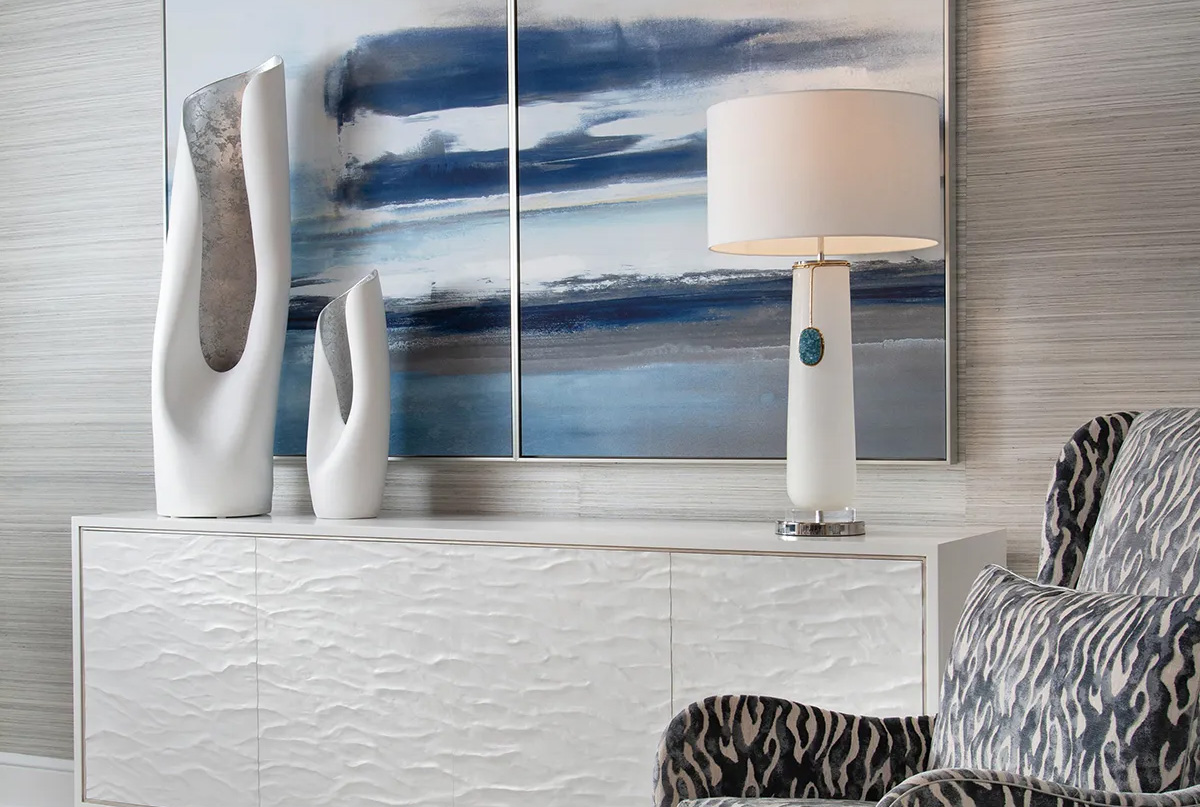
Dynamics of Contemporary Designed FurnitureWhat is contemporary today could be old hat by tomorrow — that's how fast styles can change. Contemporary furniture borrows elements from all styles and eras. We are seeing mixed eras from Mid-Century Modern, Danish Modern and other modern styles to date. Characteristics include a feeling of openness with raised chairs and couches along with reflective glass and metal in coffee, end and dining tables. A sense of “uncluttered” or without a lot of “stuff” is the feel for most contemporary rooms. Clean LinesToday's contemporary-styled furniture merges with modern designs by utilizing simple and clean lines focused on comfort. Contemporary homes often have minimalist appeal; furniture appears light, airy and visually appealing with a modest appearance. Credenzas, dressers and entertainment centers present with smooth, lustrous surfaces and lines in natural neutral or dark woods. On the opposite side of the spectrum sits traditional furniture with frills and trim that provide romantic and curvaceous appeal when compared with contemporary's urban, clean look. 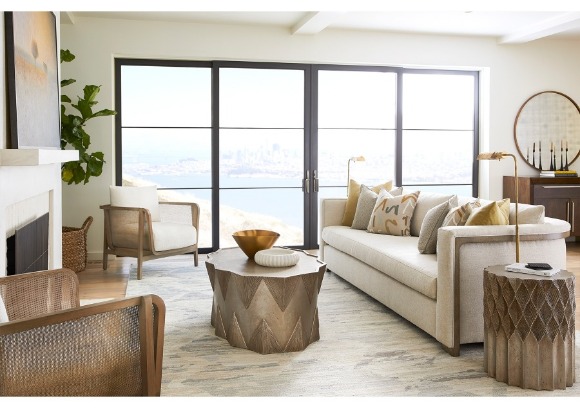
Square Edged Chairs and SofasSofas and chairs in contemporary furniture have square edges, typically raised above the floor with thin angled and metal tubular legs with no frills or skirting. The negative spaces beneath and around contemporary furniture are as important as their positive spaces. These couches and chairs often appear in darker or neutral colors with leather or lightly textured fabrics. 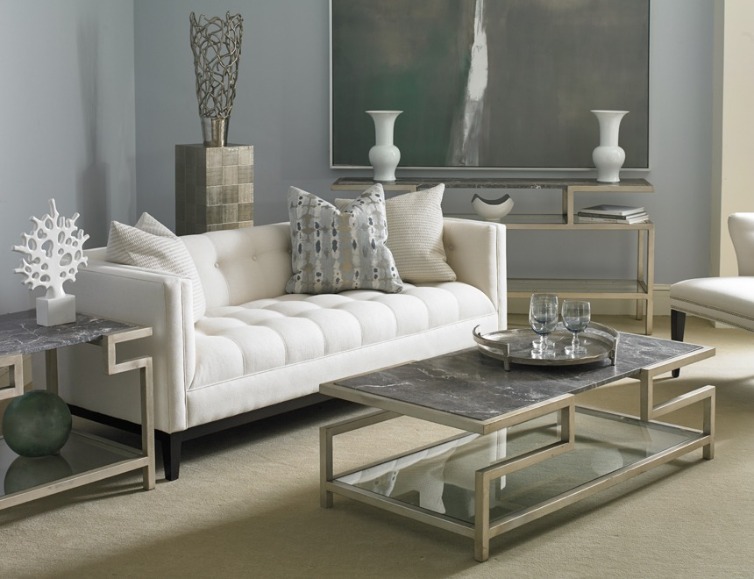
Natural MaterialsContemporary furniture often features natural woods, fabrics and textures. Upholstered furniture may be black, white, gray, brown or other neutrals, with color added through decor. Entertainment systems are typically sleek and minimal, and platform beds are popular in contemporary bedrooms. Metallic, thin-profile lighting fixtures or built-in track lights are common accents. 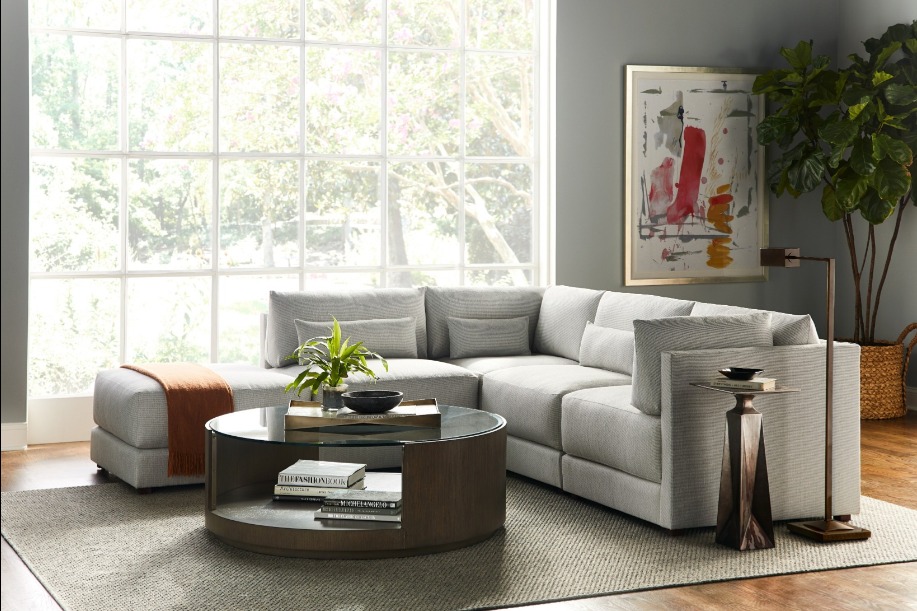
Color Palette and TextureContemporary furniture leans into neutrals like white, gray, taupe, and black. While occasional pops of navy or salmon may appear, the emphasis is typically on clean palettes that allow accessories and art to stand out. Textural elements like jute or sisal rugs, macramé wall hangings, and chunky cable-knit throws are often layered in. A home filled with contemporary furniture often feels open and clutter-free, emphasizing simplicity and versatility. Whether you're just starting or revamping your entire home, the contemporary style is a timeless choice. 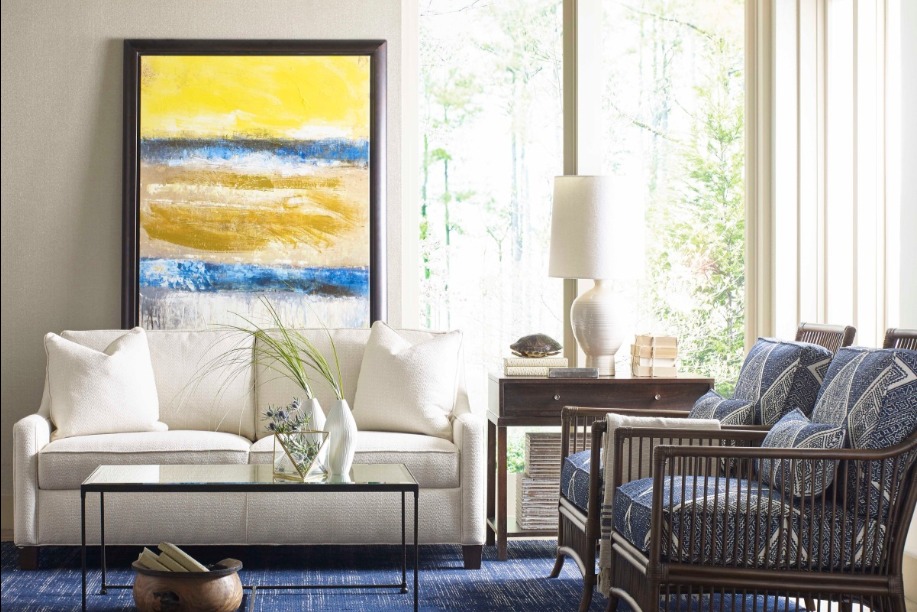 More Than Just Home DécorOur customers’ happiness is our top priority. We’re here to ensure you have a seamless, personalized experience from start to finish. Whether you’re redesigning a room or need help with custom pieces, you can trust the Patrick Day Home Gallery team. Call us at (561) 748-0282 or email designteam@patrickdayhome.com with any questions. We look forward to hearing from you! |